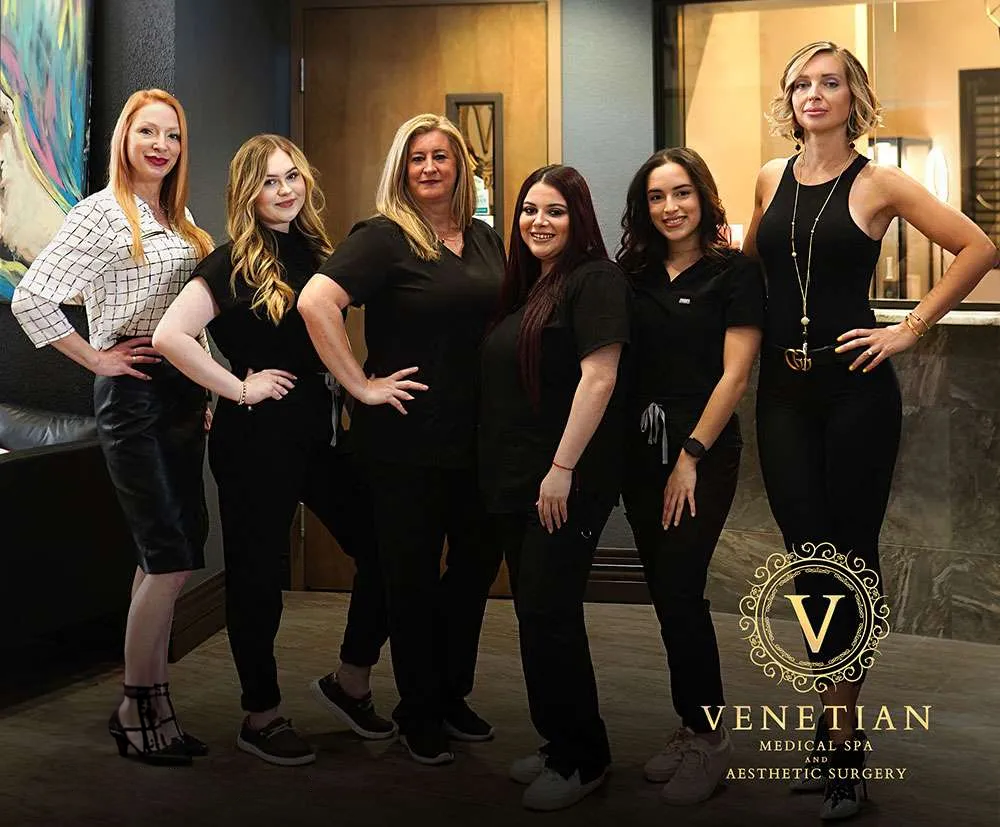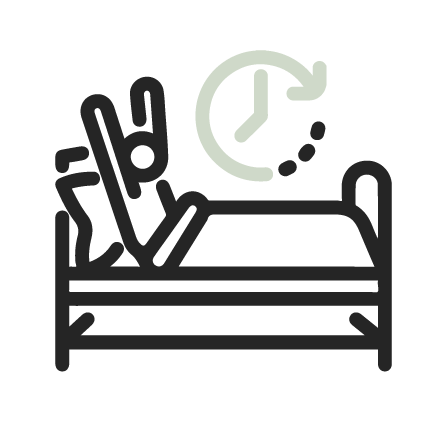What Is a CO2 Laser Resurfacing?
(Fractional Laser)
Skin resurfacing treatments help restore a more youthful and radiant complexion. The procedure removes the most damaged outer layers of the skin, unveiling the healthier-looking skin beneath. The procedure fosters the growth of new, vibrant skin cells.
Our skin, the body's largest organ, is the primary defense against external elements such as wind, sun exposure, and debris. It also acts as a barrier to potential microbial threats. While the skin excels in its protective role, the cumulative effects of aging, injuries, and environmental factors manifest as visible wear and tear over time. Wrinkles, scars, age spots, and discoloration become apparent, reflecting the skin's response to the passage of time and exposure to various stressors.
Skin resurfacing treatments offer a compelling solution to reverse these visible signs of aging and stress. By targeting and removing damaged outer layers, the procedure stimulates the regeneration of fresh, healthy skin. This renewal process not only diminishes the appearance of wrinkles, scars, and discoloration but also promotes a revitalized and more youthful aesthetic.
In essence, skin resurfacing treatments serve as a rejuvenating force, unveiling the inherent vibrancy of the skin and contributing to a younger, healthier appearance. By addressing the effects of time, environmental factors, and injuries, these procedures empower individuals to regain a complexion that reflects vitality and well-being, ultimately enhancing their physical appearance and self-confidence.
-
WHAT DOES IT COST?
Depending on the intensity of the treatment, CO2 resurfacing treatments can range from $750 to $3,300.
-
WHAT IS THE DOWNTIME?
Depending on treatment settings, expect 3-5 days of surgical downtime and up to 14 days of social downtime.
-
WILL I HAVE RESTRICTIONS?
No, but it is highly encouraged to stay out of the sun and wear a wide-brimmed hat to protect your skin.
-
WHO IS A GOOD CANDIDATE?
Female or male non-smokers, aged 18-65 or older and generally in good health.
When To Consider CO2 Laser Resurfacing
CO2 laser resurfacing is a compelling option for those exhibiting specific dermatological concerns. If you experience any of the following skin conditions, CO2 laser resurfacing could prove to be a beneficial choice:
- Wrinkled or Sun-Damaged Facial Skin. CO2 laser resurfacing offers an effective solution for wrinkled or sun-damaged facial skin. The procedure rejuvenates the skin, promoting a smoother and more youthful appearance.
- Vertical Wrinkles Around the Mouth. Especially beneficial for individuals experiencing vertical wrinkles around the mouth that contribute to lipstick "bleed," CO2 laser resurfacing targets these concerns, improving skin texture and reducing the appearance of fine lines.
- Crow's Feet Lines Around the Eyes. CO2 laser resurfacing is well-suited for addressing "crow's feet" lines around the eyes and can also effectively address skin laxity in the lower eyelid area, providing comprehensive rejuvenation to the eye area.
- Fine Wrinkling of the Upper Eyelids. Individuals with fine wrinkling on the upper eyelids can benefit from CO2 laser resurfacing, as the procedure aims to enhance skin tone and texture in this delicate area.
- Brown Spots or Blotchy Skin Coloring. CO2 laser resurfacing effectively treats brown spots and corrects uneven or blotchy skin coloring, resulting in a more uniform and radiant complexion.
- Certain Precancerous Skin Growths. The procedure is a viable option for cosmetic improvement and potential health benefits.
- Acne or Chicken Pox Scars. CO2 laser resurfacing is particularly useful in reducing the appearance of acne or chickenpox scars. The treatment provides a smoother skin texture and minimizes the visibility of scars.
- Superficial Facial Scars from a Past Injury. CO2 laser resurfacing can help diminish the visibility of superficial facial scars and help promote skin regeneration.
If you identify with any of these specific skin concerns, CO2 laser resurfacing can be an effective option to rejuvenate and revitalize your skin, addressing both cosmetic and dermatological aspects with precision.
Types of Laser Resurfacing Treatments
Laser technology is a powerful tool for skin rejuvenation, leveraging highly concentrated beams of light energy to enhance the skin's tone, texture, and overall appearance. When considering skin resurfacing through lasers, it's crucial to understand the two primary types: ablative and non-ablative.
Ablative Lasers
Ablative lasers, an advancement in cosmetic procedures, remove the outer layers of skin and foster the regeneration of new skin in its place. The depth of laser penetration is contingent on the wavelength of light, a factor carefully considered by your cosmetic surgeon. The most suitable laser application selection is personalized to your skin type and aesthetic goals.
- How They Work. Ablative lasers remove thin layers of skin, essentially "ablating" or vaporizing the damaged skin cells. This process stimulates the skin's natural healing response and produces new, healthier skin.
- Targeted Concerns. Ablative lasers effectively address more pronounced issues such as deep wrinkles, scars, and significant sun damage.
- Downtime. Due to the more intensive nature of ablative laser treatments, there is typically a longer recovery period. However, the results often yield significant improvements in skin tone and texture.
Non-Ablative Lasers
Non-ablative lasers are an approach in cosmetic procedures, distinguished by their ability to effect change beneath the skin's surface without breaking it. While the results from non-ablative lasers may unfold more gradually than their ablative counterparts, they offer the advantage of requiring very little downtime. They can yield lasting results in rejuvenating the skin's appearance.
- How They Work. Non-ablative lasers, in contrast, deliver precise beams of light without removing layers of skin. Instead, they penetrate the skin's surface to stimulate collagen production and promote skin rejuvenation.
- Targeted Concerns. Non-ablative lasers are effective for addressing milder skin concerns, including fine lines, mild wrinkles, and subtle irregularities in skin texture.
- Downtime. One of the key advantages of non-ablative laser treatments is their typically shorter downtime. Patients can often resume regular activities sooner compared to ablative procedures.
Choosing between ablative and non-ablative laser resurfacing depends on individual skin concerns, desired outcomes, and tolerance for downtime. The choice between ablative and non-ablative lasers reflects two options for enhancing the skin's vitality and appearance. Whether targeting significant skin imperfections or seeking subtle improvements, laser resurfacing is a versatile and effective solution in aesthetic dermatology.

Yes, laser resurfacing can be done on any skin area, like arms, chest, and neck. It is crucial to make sure your provider is experienced with this type of treatment in different areas to ensure proper settings.








